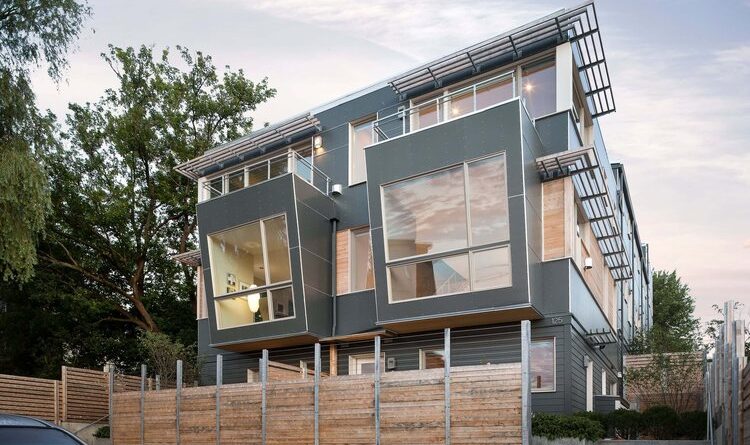The Essence of Residential Architectural Design
When we think of home, we often imagine a place that is not just a shelter but a reflection of our personality, aspirations, and lifestyle. Residential architectural design plays a pivotal role in shaping these spaces, ensuring that they are not only functional but also aesthetically pleasing and emotionally resonant. In this blog, we explore the key elements of residential architectural design and how it transforms houses into homes.
Understanding Residential Architectural Design
At its core, residential architectural design is the art and science of creating living spaces that meet the needs and desires of the people who inhabit them. Unlike commercial or industrial design, which often prioritizes efficiency and scale, residential design focuses on comfort, beauty, and personalization. It’s about crafting environments where families grow, memories are made, and daily life unfolds seamlessly.
Key Elements of Residential Architectural Design
Functionality and Layout
A well-designed home begins with a thoughtful layout. Architects consider how residents will move through the space, ensuring that each room serves a clear purpose and that transitions between spaces are smooth. Whether it’s an open-concept living area or a cozy, compartmentalized layout, functionality is at the heart of residential design.
Aesthetic Harmony
While functionality is crucial, the visual appeal of a home cannot be overlooked. Residential architectural design incorporates elements like proportion, symmetry, and balance to create spaces that are not only practical but also beautiful. The choice of materials, colors, and textures all contribute to the overall aesthetic, ensuring that the home feels cohesive and inviting.
Sustainability and Environment
In today’s world, sustainability is a key consideration in residential design. Architects are increasingly incorporating eco-friendly materials, energy-efficient systems, and designs that minimize environmental impact. This not only reduces the carbon footprint of the home but also enhances the quality of life for its occupants through better air quality, natural lighting, and energy savings.
Personalization and Customization
No two families are alike, and a home should reflect the unique needs and preferences of its residents. Residential architects work closely with clients to understand their lifestyle, tastes, and future plans. Whether it’s a custom kitchen for a gourmet chef or a home office designed for remote work, personalization is a critical aspect of residential design.
Integration with Surroundings
A well-designed home is one that harmonizes with its surroundings. Whether situated in a bustling city or a serene rural area, the home’s design should complement its environment. This might involve maximizing natural light, framing beautiful views, or ensuring privacy in a densely populated neighborhood. The goal is to create a seamless connection between the indoor and outdoor spaces.
The Impact of Residential Architectural Design
The impact of good residential architectural design extends beyond aesthetics. It affects the way we live, interact, and feel in our homes. A well-designed home can enhance our well-being, providing spaces that promote relaxation, productivity, and social connection. It can also increase the value of the property, making it a wise investment for the future.
In an era where our homes have become more important than ever, residential architectural design offers the opportunity to create spaces that truly support and enrich our lives. Whether you’re planning a new build or renovating an existing property, working with a skilled architect can help you achieve a home that is not just a place to live but a place to thrive.
Conclusion
Residential architectural design is a dynamic and evolving field that combines creativity, functionality, and sustainability to create spaces that are as unique as the people who inhabit them. By focusing on the key elements of layout, aesthetics, sustainability, personalization, and environmental integration, architects can design homes that inspire, comfort, and stand the test of time. If you’re looking to transform your living space, consider the possibilities that expert residential design can offer.

